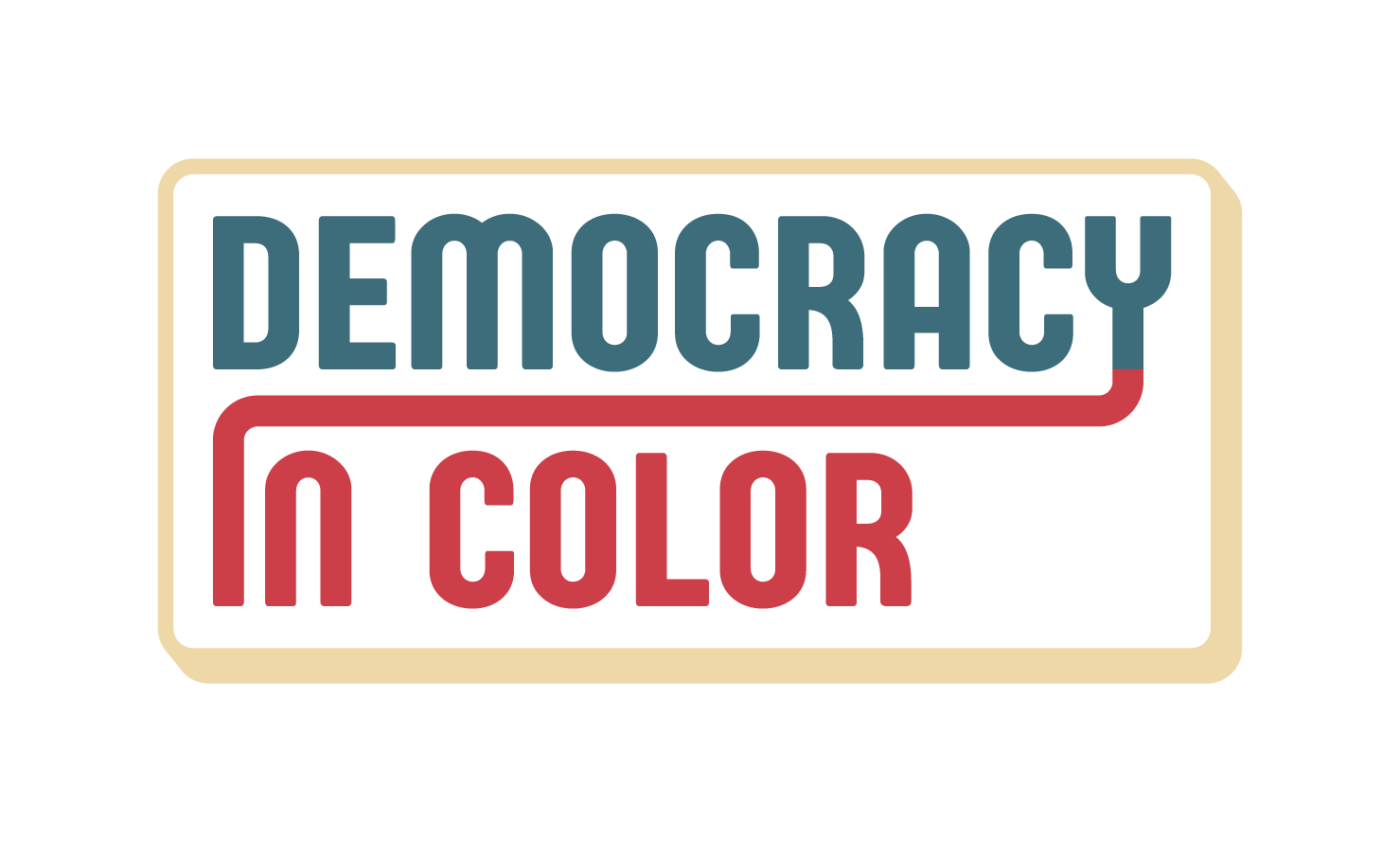Campaigns 101: Key Issues to Look For When Campaigns Prioritize Voters
When campaigns are deciding which voters to focus on in order to win, they have two basic options. First, they can focus on people who are very likely to vote, but who need to be persuaded to vote the way the campaign wants (for their candidate, ballot initiative, etc.). Second, they can focus on people who are likely to vote the way the campaign wants, but are at risk of not voting. With the first group, campaigns seek to persuade them to vote their way. With the second group, campaigns seek to motivate them to come and vote. (Of course there are some nuances here, and voters fall along a spectrum in both categories.)
When a campaign seeks to persuade a frequent voter to vote their way, they commonly use television ads and other forms of media. Media is widely regarded as the best approach for persuading voters. (Interestingly, there has been a relatively small amount of research on the impact of media in elections, so there is a lot we do not know about how impactful media is at persuading people.)
When a campaign seeks to motivate people to come out and vote, they typically try to contact each individual directly through speaking with them in person or on the phone. This direct personal communication with voters is often referred to as “field” or the “ground game.”
Campaigns must choose how to prioritize between these two types of voters—how much of their resources they should allocate to persuasion and how much they should allocate to turnout?
This choice has big implications for the election’s outcome.
Do a campaign’s priorities reflect the math? Campaigns must be clear-eyed about the number of persuadable voters who are in their voter universe and the number of supportive voters who may not vote. Traditionally, Democratic campaigns have given a greater priority to reaching persuadable voters. However, persuadable voters have declined as a percentage of the population. Meanwhile, infrequent voters who lean Democratic have increased dramatically.
Do a campaign’s priorities maximize the chances for progressive change? Many of the persuadable voters that campaigns target are more moderate—they are open to voting for Republicans. Many of the voters that require extra investments in turnout lean more progressive. If campaigns prioritize persuasion over turnout, the electorate will tend to have a more moderate composition, and when Democratic candidates win, they will owe their election to a more moderate base.
Do a campaign’s priorities support representation for all racial groups? The voters who lean progressive and do not vote regularly are much more likely to be people of color. (They are also much more likely to be young and to be low-income). When campaigns target persuadable voters they are emphasizing the whiter part of the electorate and de-emphasizing voters of color.
So a campaign’s decision about the relative priority between persuasion and turnout, between media and field, bear on the campaign’s chances for winning, how much progressive power they build, and whether they are contributing as much as possible to a multiracial democracy.
